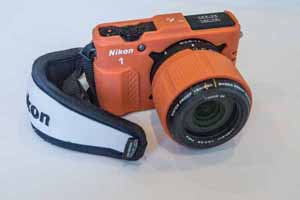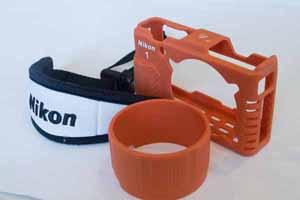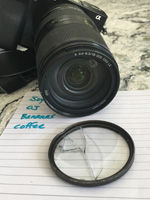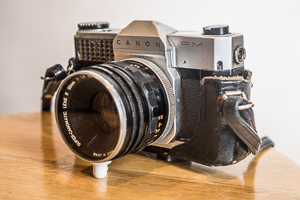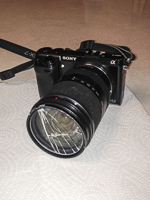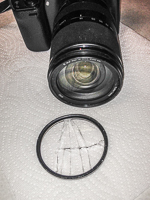Online Magazine
Recent Posts
- Safeguard your Cellphone Photos
- Black & White to Color – Instantly
- Wearing Many Hats
- Video Roundup
- Rescuing Your Blurry Pictures
- Showing Their Age
- What is Your Angle?
- Panorama Photos
- Humorous Photos
- Close Ups
- Fisheye Pictures
- Photo Antiquities
- Printing Big
- Appreciating Scale
- Celebrity Sightings
Tags
More Places to Go
- Free "How-To" Books “How To” books for popular cameras 0
- Vist Us on Facebook keep in touch with us on Facebook 2
Archives
- July 2023 (1)
- March 2023 (2)
- February 2023 (1)
- December 2022 (1)
- October 2022 (1)
- September 2022 (8)
- August 2022 (9)
- July 2022 (1)
- June 2022 (1)
- June 2021 (1)
- May 2021 (1)
- March 2021 (5)
- February 2021 (4)
- January 2021 (2)
- April 2019 (1)
- March 2019 (1)
- February 2019 (1)
- October 2018 (2)
- April 2018 (1)
- March 2018 (4)
- February 2018 (1)
- November 2017 (1)
- August 2017 (1)
- June 2017 (1)
- April 2017 (1)
- March 2017 (5)
- February 2017 (2)
- January 2017 (1)
- October 2016 (1)
- September 2016 (1)
- August 2016 (1)
- July 2016 (1)
- May 2016 (1)
- April 2016 (1)
- March 2016 (2)
- February 2016 (1)
- January 2016 (2)
- December 2015 (1)
- November 2015 (1)
- October 2015 (3)
- April 2015 (1)
- March 2015 (5)
- February 2015 (1)
- January 2015 (4)
- December 2014 (2)
- November 2014 (5)
- October 2014 (2)
- September 2014 (1)
- August 2014 (2)
- July 2014 (1)
- May 2014 (1)
- April 2014 (5)
- March 2014 (5)
- December 2013 (2)
- November 2013 (18)
- October 2013 (1)
- September 2013 (1)
- August 2013 (1)
- July 2013 (1)
- June 2013 (3)
- May 2013 (1)
- April 2013 (2)
- March 2013 (1)
- February 2013 (1)
- January 2013 (1)
- December 2012 (1)
- November 2012 (2)
- October 2012 (2)
- September 2012 (5)
- August 2012 (2)
- July 2012 (1)
- June 2012 (1)
- May 2012 (1)
- April 2012 (4)
- March 2012 (1)
- February 2012 (1)
- January 2012 (3)
- December 2011 (1)
- November 2011 (3)
- October 2011 (1)
- September 2011 (2)
- August 2011 (2)
- June 2011 (3)
- May 2011 (4)
- April 2011 (8)
- March 2011 (8)
- February 2011 (10)
- January 2011 (6)
- December 2010 (11)
- November 2010 (14)
- October 2010 (6)
- September 2010 (12)
- August 2010 (2)
- July 2010 (4)
- June 2010 (3)
- May 2010 (1)
- April 2010 (1)
- March 2010 (2)
- February 2010 (1)
- January 2010 (1)
- December 2009 (1)
- November 2009 (2)
- October 2009 (2)
- September 2009 (1)
- August 2009 (3)
- July 2009 (2)
- June 2009 (1)
- May 2009 (2)
- April 2009 (1)
- March 2009 (2)
- February 2009 (1)
- January 2009 (3)
“Wet” shots
25th July 2016
A “must-have” for the pool owner
For nearly thirty years my wife has been after me to build a swimming pool in our yard. Finally, I sort of succumbed to her pressure two years ago. But instead of building one, we found another home that already had a built-in pool.
I have to admit that the swimming pool has been a great addition for the family, especially for the grandkids who drop in regularly to cool off. This being our second summer as pool owners, we’ve hosted many ad hoc combination swim/BBQ dinners. This in turn has given me lots of opportunities to photograph the kids in action.
Late in 2013 I added a neat camera to my growing collection of equipment. The Nikon 1 AW1 had just been introduced as the first rugged mirrorless, interchangeable lens camera. The feature that won me over was the AW1’s underwater capability. Without having to use a bulky and expensive housing this compact unit is usable down to 49 feet. Additionally, it is shockproof from falls up to 6 feet and can operate in temperatures as low as 15 degrees F. Along with the camera, I opted for two lenses: a zoom 11-27.5mm (30-74mm equivalent) and a fixed 10mm (27mm equivalent).
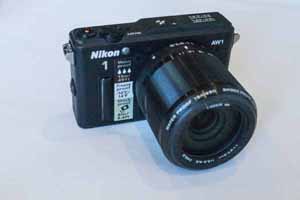 |
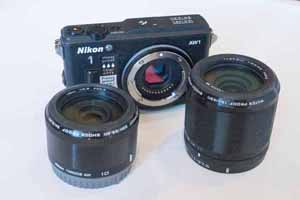 |
For extra protection, I ordered two accessories: the orange silicone protective jacket and the convenient hand strap.
Here’s a sampling of how I use the AW1:
 |
 |
 |
 |
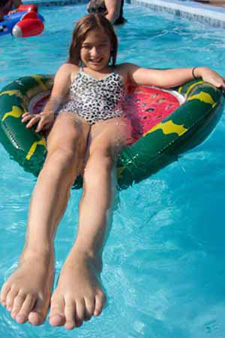 |
 |
As an old school shooter, I’m both comfortable and used to messing around with the camera settings. However with the AW1, I’ve come to use it almost as a point-and-shoot camera. Of course the overwhelming number of images that I’ve shot have been in and around the pool, usually with lots of sun. Although I’ve haven’t changed the ISO, white balance, aperture nor shutter speed on the AW1, the photos have turned out well.
For those occasions when the natural light is low, pop up the built-in flash which works underwater too. Press the red-dotted button and you’re shooting movies – either above water or below water. And of course I can change lenses from the zoom to the fixed wide-angle.
All in all, I have found the AW1 great not only in and around the water, but it performs well on dry land too.
Written by: Arnie Lee
Saved Again
16th October 2015
Why I use filters instead of lens caps
Note: This is a followup to an article written more than a year ago.
In my photography early days, I was a faithful user of lens caps. Whenever I wasn’t shooting, I would snap the lens cap onto the lens. I considered this a safe way to care for my equipment. Of course, most of us also enclosed the entire camera inside its companion leather case. Yes, we were very protective of our precious equipment. And yes again, I spent a lot of time looking for misplaced or buying replacement lens caps.
When I acquired my first SLR at age 14, I quickly fell out of the habit of using lens caps. I may have inherited this trait from my photography mentor for whom I worked while still a student. John explained that removing a lens cap required too much time when you are trying to capture the action.
Again this isn’t the first time that I’ve had a mishap such as this. Actually, this is the third forth time that a filter has saved the front glass element of one of my lenses. This alone tells me that I should keep on buying filters for each of my lenses.
Written by: Arnie Lee
Mylio – Organization +
24th March 2015
Organizing your Collections
The proliferation of high quality mobile devices has given professional and non-professional photographers alike more alternatives for capturing, storing, managing and displaying their images. But at the same time using multiple devices has made it more difficult for them to keep their collections orderly.
At the Mylio booth at the Wedding & Portrait Photographers International Expo I stopped to have a demonstration of their software and service that addresses many of the issues that crop up when using multiple devices.
Mylio bills its product as a rich photo management system to organize, edit, synchronize and safeguard a large collection of images.
For more information about this service, please visit Mylio.
Written by Arnie Lee
« Older Posts — Newer Posts »
